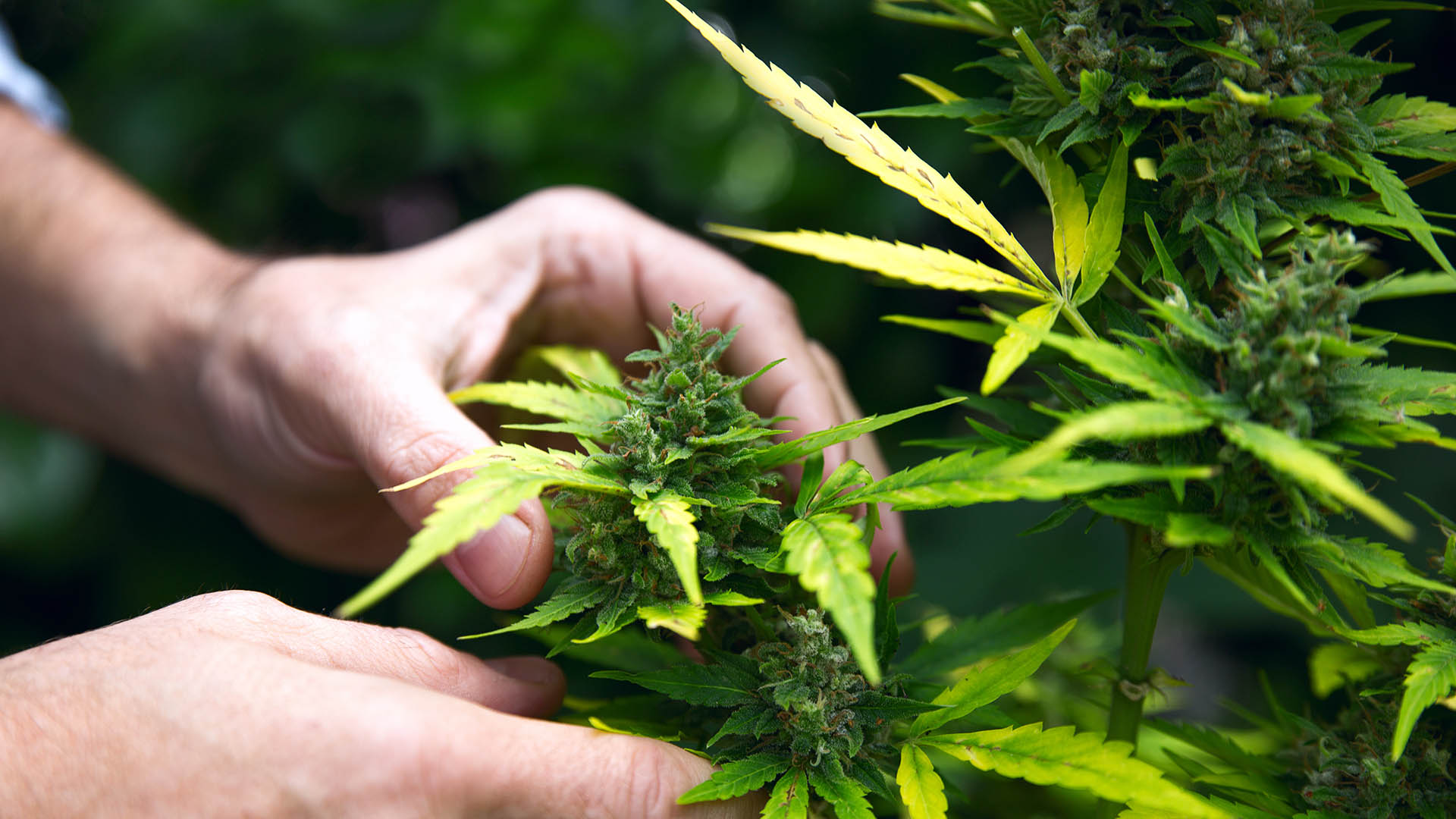Part 1 – An Introduction to Cannabis Sativa
Cannabis sativa is the genus & species of one of the first plants to be cultivated by humanity. Its cultivation predates the written record, with evidence from over 12,000 years ago. Our resourceful ancestors found uses for every part of this hardy plant. For example, the fibrous stalks were used to make rope & cordage, as well as textiles & fabric. Then there are the fatty seeds, a valuable food source. And finally the roots, flowers, & leaves were used in ritual & medicinal practices.
Examples of rope, cloth, seeds, and flowers from the Cannabis sativa plant
Over the millennia, humanity has selectively bred the natural growing varieties of the plant into countless strains to be even better at each of these tasks. Fiber plants were made more fibrous. Seed plants produced more seeds. And those varieties found to have psychoactive or medicinal effects were continually bred to intensify those traits.
Part 2 – Cannabis Sativa & The Law
Today, we have lumped all of these different strains into two broad categories.
The first is Industrial Hemp, which is legally classified as any Cannabis sativa plant that does not exceed 0.3% THC (Delta-9-Tetrahydrocannabinol, “The High Causer”) in the dry weight of the plant mass. Dry weight is the weight of a material once water has been removed.
A field of Industrial Hemp, Image Source: TownNews.com
The other has come to be called “marijuana“, or just “cannabis” (street names include pot, weed, grass, ganja, & others). Marijuana has THC levels higher than 0.3% dry weight. Above this limit, the federal government’s Drug Enforcement Agency (DEA) considers the plant a “Schedule 1” drug. This is the strictest schedule the DEA has, which claims that the plant has a high potential for abuse, no medicinal value, & severe safety concerns. As a result, the DEA stringently limits access to the plant. Consequently, this has made it much harder for scientists to research the properties of Cannabis sativa.
The DEA’s Drug Scheduling Table, with marijuana listed as more dangerous than cocaine, PCP, steroids, and benzodiazepines, and as dangerous as heroin. Image Source: Civilized.Life
Part 3 – The “Difference” Between Hemp & Marijuana
It is important to remember that this is simply a legal distinction. Industrial Hemp & marijuana are still the same species. You can think of the different strains of Cannabis sativa a lot like dog breeds.
For example, the same way that a pug and a husky are both members of the same species (Canis lupus familiaris), two Cannabis sativa strains can also have drastically different characteristics. There can even be significant variance within a single breed, like the coloration on a huksy’s coat. The same thing happens in strains of Cannabis sativa.
The two plants shown below are both Cannabis sativa, despite one being classified as “Industrial Hemp” & the other as “Medical Marijuana”. As of the writing of this post, all but 11 states in the US have passed laws legalizing Cannabis sativa for medicinal use to various degrees.
Can you tell which one is Industrial Hemp and which is Medical Marijuana?
Whether you think you can or not, only a licensed, 3rd-party laboratory can analyze the THC composition of the plant material. This is the sole factor determining whether it qualifies as “hemp” or “marijuana”.
Hemp growers have to be wary of this. Even hemp grown for fiber or seed can exceed the 0.3% THC limit if not carefully monitored. This is referred to as a crop going “hot”, because it is now legally classified as marijuana which the hemp grower is not licensed to produce. So to the DEA, they’ve just grown a field of illegal marijuana. This often means the farmer has to destroy the entire crop, sometimes costing them tens of millions of dollars.
Part 4 – Conclusion
The idea that hemp and marijuana are two different plants is one of the largest misconceptions in the industry. They are two broad, legal categories for a vast number of unique strains that each have different levels of over 100 cannabinoids, dozens of terpenes & flavinoids, & over 400 other trace compounds.
The key takeaway is that every “hemp strain” and every “marijuana strain” all come from the same species of plant, Cannabis sativa. To truly understand this plant & the effects it has, you need to look at much more than just THC levels, and think beyond broad legal definitions.
- Cannabis, Hemp, & Marijuana: Demystifying Industry Jargon - March 20, 2023
- The Science Behind CBD: How Relieve CBD Oil Eases Pain and Discomfort - March 18, 2023

